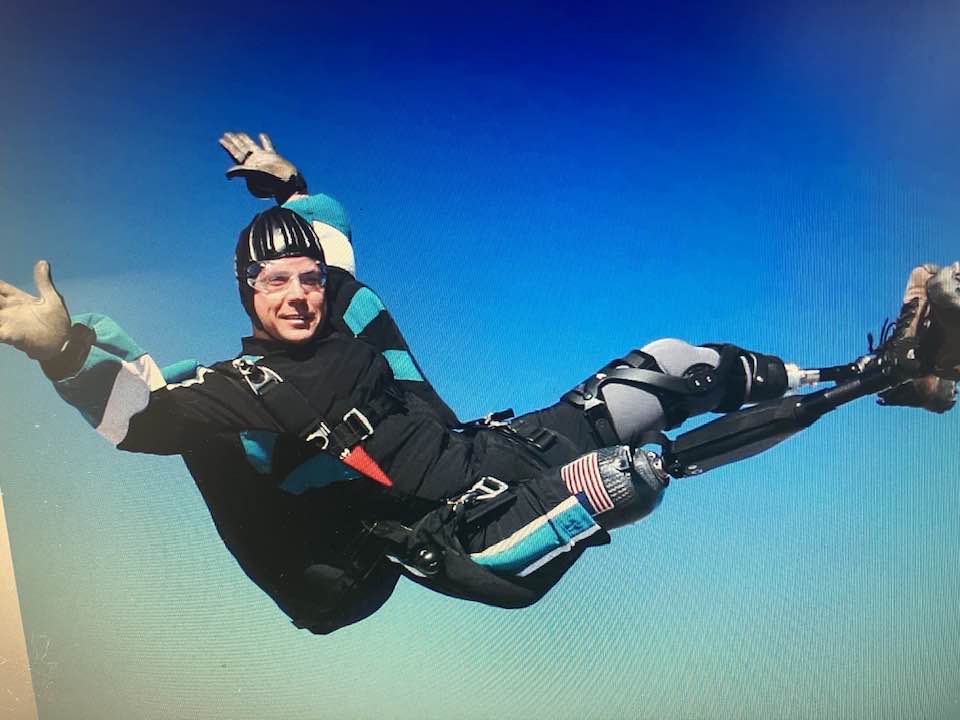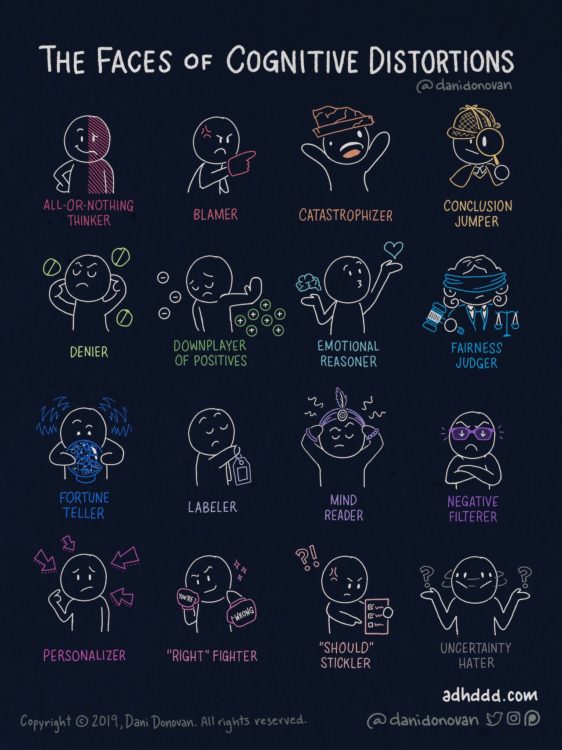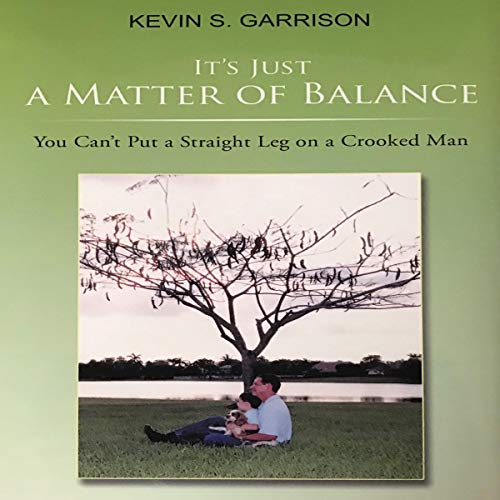What Causes Amputee Anxiety


Sixty-four percent of recent amputees suffer from anxiety. Most of them describe it as debilitating and paralyzing. For many, that fear overwhelms them to the point of a panic attack. Amputation anxiety does have some characteristics that make it unique. That doesn’t mean that you can’t control it. Amputation anxiety starts with realizing that your body has drastically changed, and your brain still denies anything is missing. You feel the dichotomy in your mind can be scary. This is where seizing control of amputation anxiety kicks in.
Sixty-four percent of recent amputees suffer from anxiety. Most of them describe it as debilitating and paralyzing. For many, that fear overwhelms them to the point of a panic attack. Amputation anxiety does have some characteristics that make it unique. That doesn’t mean that you can’t control it. Amputation anxiety starts with realizing that your body has drastically changed, and your brain still denies anything is missing. You feel the dichotomy in your mind can be scary. This is where seizing control of amputation anxiety kicks in.
When you have time to plan your amputation, the level of anxiety is not any less, but it is more gradual and subtle. It is a different story when you wake up from an auto accident and realize a vital piece of you is missing. You have no time to prepare. Usually, panic sets in quite early when you have to devise a plan of when you can return to work and deal with all the problems you could not deal with when you had two legs.
How to Reduce Your Amputee Anxiety
Anxiety is measured by its persistence and duration. You can be anxious about your future and so distraught that you can’t make the most basic plans. Anxiety can be that specific, or it can be generalized with no particular cause. It is essential to conceptualize what you are feeling. Anxiety and a fear of losing control feed on each other, but the symptoms are the same. Everyone feels anxious now and then. It’s a normal emotion. Anxiety disorders are different, though. They are a group of mental illnesses, and the distress they cause can keep you from carrying on with your recapitalization. Panic, fear, and uneasiness are the significant symptoms. Insomnia, shortness of breath, and an inability to remain calm are other symptoms that may be present. People suffering more severely report shortness of breath, heart palpitations, dry mouth, nausea, muscle tension, and dizziness.
There are several more specialized forms of anxiety. It is called social phobia when you feel self-conscious and worried in everyday social situations. You fixate on others judging you or on being embarrassed or ridiculed. Stagefright is a typical example. Panic Attacks come on for no reason. You feel terror, have chest pains, have heart palpitations, or are choking or convinced that you have a heart attack. Panic attacks can happen at a specific place or time and can be generalized. For example, having a panic attack on a bridge can be generalized to a fear of driving over another perfectly good bridge. These are specific phobias.
Lastly, generalized anxiety disorder is when you feel excessive, unrealistic worry and tension with little or no reason. Treating anxiety disorders and panic attacks, which are the more severe form, requires special skills and training. For the last thirty-five years, I have helped many people gain control of this sometimes disabling illness.




